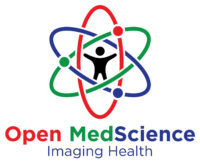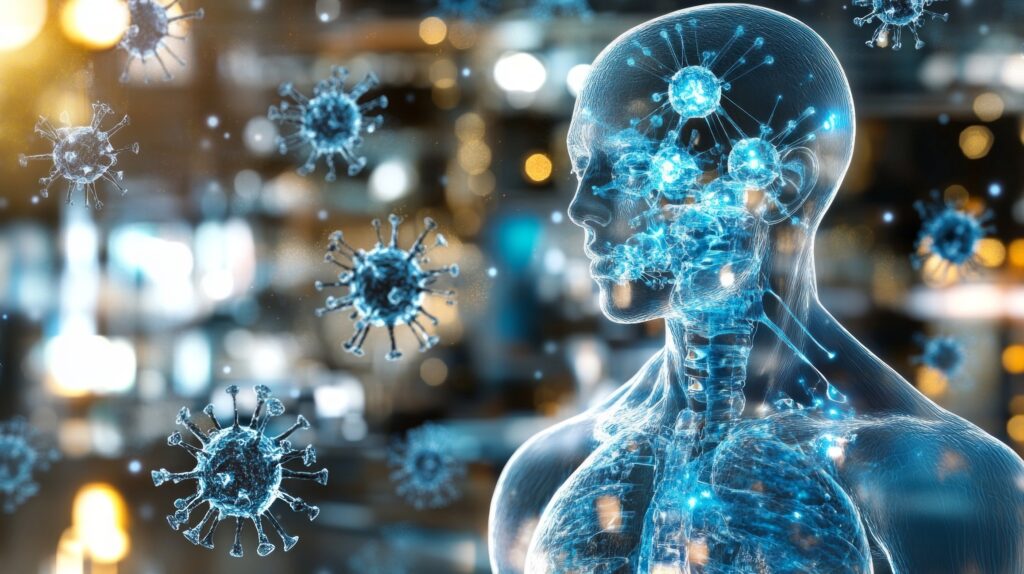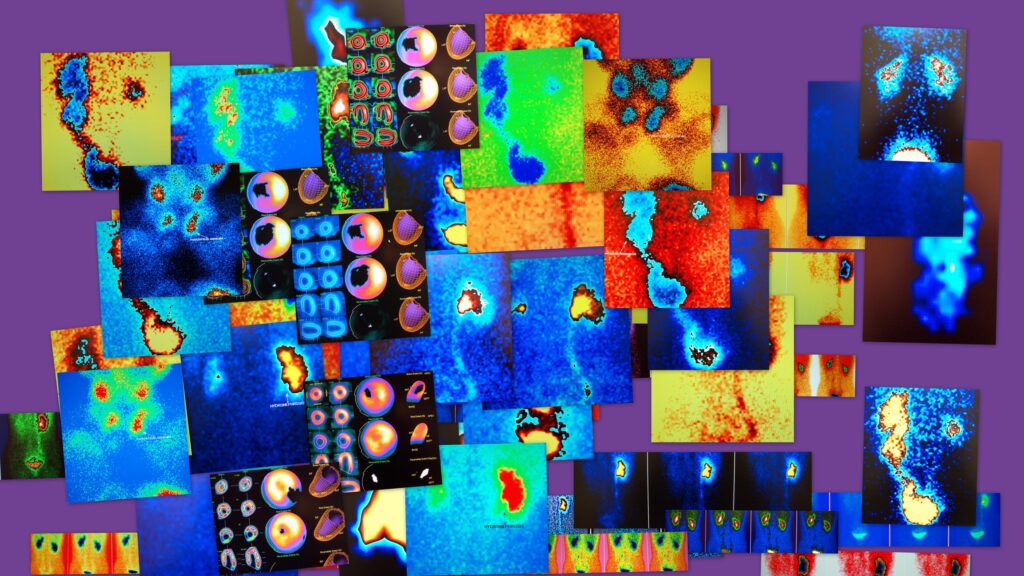Summary: The integration of artificial intelligence (AI) and advanced imaging techniques is transforming addiction therapy by offering more accurate diagnoses, predicting treatment outcomes, and enabling personalised care strategies. This article examines the application of AI-powered imaging in addiction science, its benefits in early intervention, challenges, ethical considerations, and its potential to transform rehabilitation methods.
Keywords: Artificial Intelligence; Brain Imaging; Addiction Therapy; Personalised Treatment; Neuroimaging; Predictive Analytics
Introduction: The Intersection of Technology and Therapy
Addiction is a chronic brain disorder that affects millions globally. Traditional treatment methods, while effective for many, often rely on self-reporting, behavioural observations, and trial-and-error approaches. However, recent developments in artificial intelligence (AI) and neuroimaging are beginning to bridge gaps in understanding, offering objective insights into addiction’s neurological basis. By integrating machine learning algorithms with advanced imaging tools such as MRI, PET, and EEG, researchers and clinicians can map patterns of addiction, predict relapse, and tailor interventions to individual needs.
AI-Driven Neuroimaging in Addiction Research
Neuroimaging technologies have long been used to study structural and functional brain changes associated with addiction. Functional MRI (fMRI), for example, shows how different brain regions communicate during tasks or at rest, revealing abnormalities in networks related to reward, impulse control, and decision-making.
When combined with AI, the volume of imaging data becomes manageable and clinically useful. Machine learning models can analyse complex brain scans to detect subtle patterns that might indicate susceptibility to addiction or the effectiveness of a given treatment. For instance, AI can identify changes in the prefrontal cortex that correlate with cravings or an increased risk of relapse, even before symptoms become evident.
Personalising Treatment Plans with Predictive Modelling
AI has the capacity to revolutionise how treatments are selected and monitored. Instead of applying a standard therapy model to all patients, AI can assess an individual’s neuroimaging data, genetics, and behavioural history to suggest the most effective treatment options. This may include pharmacological interventions, cognitive behavioural therapy, or neurofeedback.
Moreover, predictive models allow clinicians to forecast how a patient might respond to a particular therapy based on brain imaging markers. If a scan reveals patterns associated with poor response to conventional methods, clinicians can pivot early to alternative approaches. This can reduce the time spent on ineffective treatments and improve overall outcomes.
Real-Time Feedback and Neurofeedback Training
One of the most innovative applications of AI in imaging for addiction therapy is real-time feedback, particularly through neurofeedback techniques. Patients can be shown live data from their brain scans while engaging in tasks designed to strengthen cognitive control or reduce cravings.
AI algorithms process imaging data instantaneously, allowing for immediate adjustments to training protocols. This biofeedback approach helps individuals learn how to self-regulate their brain activity, potentially leading to long-term improvements in impulse control and stress management—two key challenges in addiction recovery.
Challenges and Ethical Considerations
While the potential of AI and imaging in addiction therapy is considerable, there are also significant hurdles. One major issue is data privacy. Neuroimaging data is sensitive, and improper handling could lead to breaches of confidentiality or misuse. Ensuring robust data protection protocols is vital.
Bias in AI algorithms is another concern. If training data sets are not diverse, models may yield inaccurate predictions for specific demographic groups, resulting in unequal access to or effectiveness of treatment. Rigorous validation across populations is necessary to avoid this.
Additionally, there is a risk of over-reliance on imaging and AI at the expense of human judgment. Addiction is not purely neurological; social, psychological, and environmental factors deeply influence it. AI should augment, not replace, holistic clinical assessment and human empathy in treatment settings.
Future Prospects and Clinical Integration
Looking forward, AI and imaging are likely to become more accessible and integrated into routine addiction care. Mobile brain imaging devices, cloud-based analytics, and interoperable healthcare platforms may allow for broader use beyond research institutions.
As these technologies mature, they could facilitate early detection of at-risk individuals, continuous monitoring during rehabilitation, and relapse prevention through wearable neuro-sensors linked to AI platforms. Integration with electronic health records could further enable a seamless flow of information across care teams.
Education and training will be essential to prepare clinicians to interpret AI-driven imaging results effectively and ethically. Additionally, collaborative frameworks among data scientists, neuroscientists, and mental health professionals will be crucial for the safe and successful deployment.
Conclusion
The convergence of AI and imaging technologies represents a major advancement in addiction therapy. From refining diagnoses to tailoring treatment plans and offering real-time neurofeedback, these tools hold the promise of more effective, efficient, and compassionate care. While challenges remain, the ongoing development and ethical application of these innovations could mark a turning point in how society addresses the complex issue of addiction.
As AI continues to evolve, it will be vital to ensure that it is used to enhance, not replace, the human connection at the heart of successful addiction recovery.
Disclaimer
The content of this article, AI and Imaging in Addiction Therapy, is intended for informational and educational purposes only. It is not a substitute for professional medical advice, diagnosis, or treatment. The integration of artificial intelligence (AI) and neuroimaging in addiction therapy remains an evolving area of research, and while the technologies discussed show promise, they are not yet standard practice in all clinical settings.
Open MedScience does not endorse any specific treatment, device, or therapeutic approach mentioned herein. Readers should consult qualified healthcare professionals before making decisions related to addiction treatment or mental health care. Furthermore, any use of AI-driven imaging tools must comply with local regulations, data protection laws, and ethical standards, particularly concerning patient privacy and informed consent.
Open MedScience and the authors disclaim any liability for actions taken based on the content of this article. The views expressed are those of the authors and do not necessarily reflect the official policy or position of any affiliated organisations or institutions.
You are here: home » diagnostic medical imaging blog »



